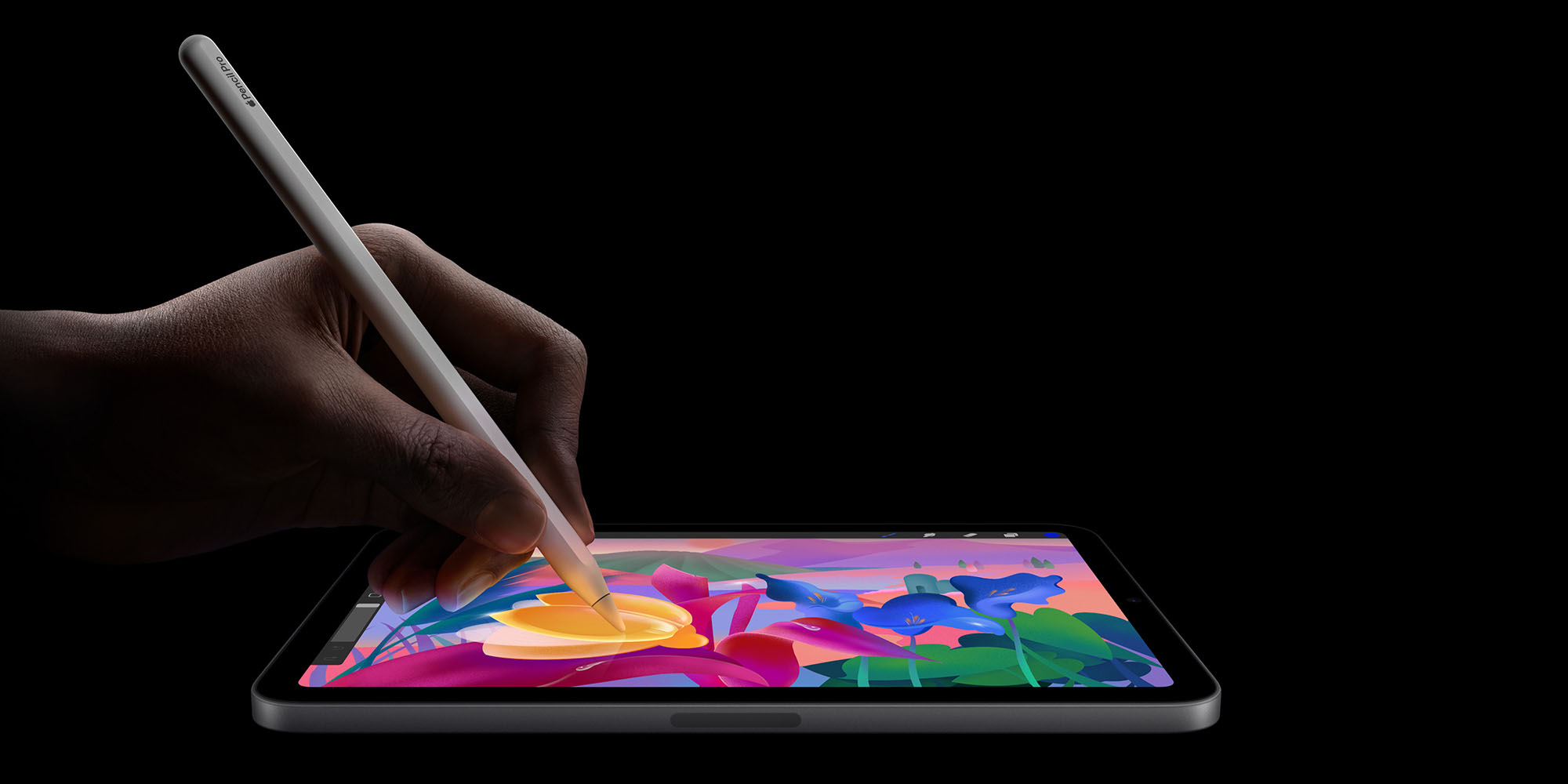The advancement of Apple silicon has significantly impacted the Mac lineup, particularly with the introduction of the latest M4 models. However, one of the most compelling examples of Apple’s silicon prowess can be found in an unexpected product: the iPad mini 7.
Anticipated A18 Chip for New iPad Mini, Not Expected A17 Pro
Last month marked the arrival of Apple’s new iPad mini 7, following extensive speculation regarding its launch. Among its standout features, support for Apple Intelligence was almost assured based on earlier leaks.
Yet, the manner in which AI support was integrated stands out as one of the device’s most surprising elements.
Initially, it was believed that the iPad mini would be equipped with an A18 chip; however, it ultimately launched with an A17 Pro chip instead.

The expectation that the iPad mini would be powered by the A18 chip stemmed from two primary assumptions:
- it provided the required specifications for Apple Intelligence
- the only other plausible chip was thought to be out of contention
That other suspected chip, the A17 Pro, was the one featured in last year’s iPhone 15 Pro models.
Although Apple could have opted for an M-series chip for the iPad mini, this seemed improbable, given that previous iPad mini versions have traditionally utilized iPhone-class chips.
But why was the A17 Pro considered eliminated from contention? Due to the complications linked with Apple’s initial 3-nanometer fabrication process.
In simple terms, the A17 Pro was manufactured with a new process that turned out to be particularly problematic for Apple. It reportedly incurred expenses and inefficiencies that displeased the company.
Consequently, Apple acted swiftly, transitioning to a revised second-generation process that was introduced with the M4 chip in May.
This rapid shift from the M3 to the M4 chip was another outcome of the initial 3-nm process issues.
Thus, it came as a significant surprise when the iPad mini 7 launched with the A17 Pro chip.
Unexpected A17 Pro as a Testament to Apple’s Silicon Strength

It’s essential to note the following detail:
Apple is most likely not manufacturing new A17 Pro chips at this moment.
Rather, the company is utilizing a stockpile from last year’s iPhones for this innovative product.
This observation can be structured as follows:
- The iPad mini appears to house a binned version of last year’s A17 Pro chip, which has one less GPU core
- Moreover, the mini represents a relatively niche market for Apple
Apple produces millions of new iPhones yearly. Interestingly, this past year, its most popular models were created using a manufacturing process that generated a number of below-spec chips (with one GPU core missing).
From Apple’s standpoint, these chips might not have been up to par for their flagship iPhone 15 Pro, but they could still provide a significant enhancement for another device: the iPad mini.

As a result, Apple has been capable of redirecting chips that were already in production, which were subsequently deemed unsuitable for its flagship model, into the niche iPad mini while simultaneously delivering a substantial upgrade.
The iPad mini 7 represents a remarkable enhancement and includes the same Apple Intelligence functionalities found in all other AI-capable devices.
The absence of one GPU core is not a concern at all. This strategy also allows Apple to economize while still providing customers with an impressive chip.
This is why the iPad mini stands out as one of the most compelling examples of Apple’s current leadership in silicon technology.
What are your thoughts on Apple utilizing the A17 Pro in the iPad mini? Share your opinions in the comments.
Top Apple Deals for Black Friday Week
: We utilize auto affiliate links that generate income. More.




